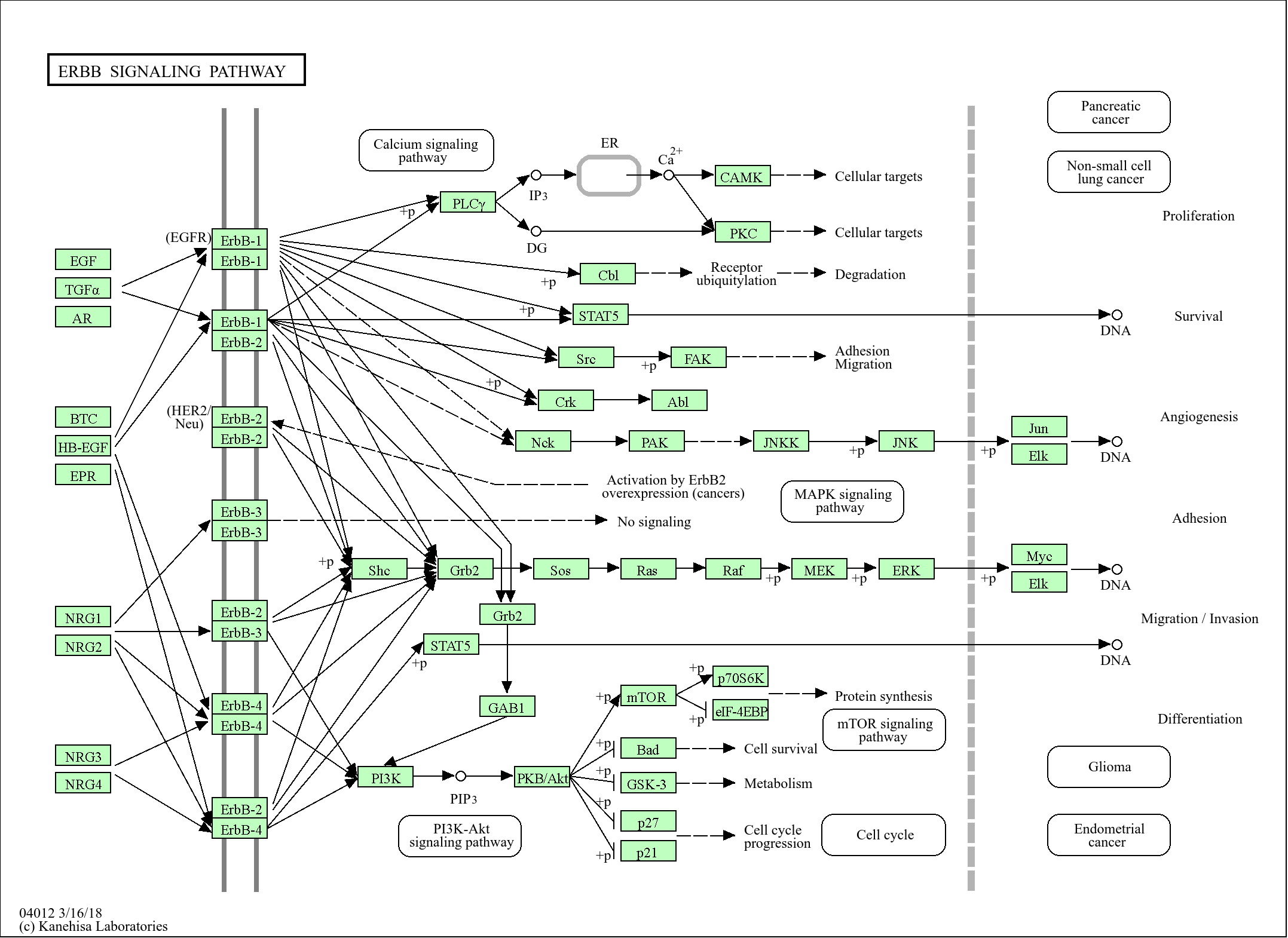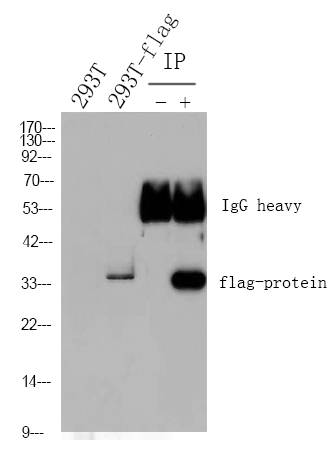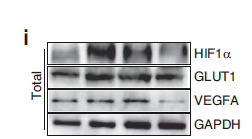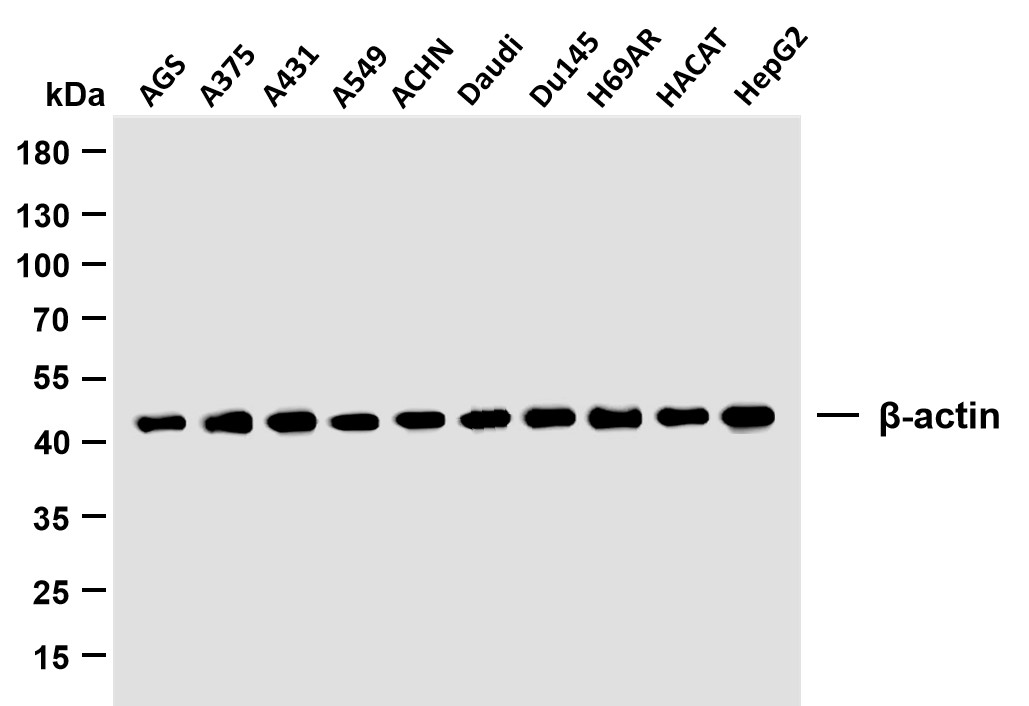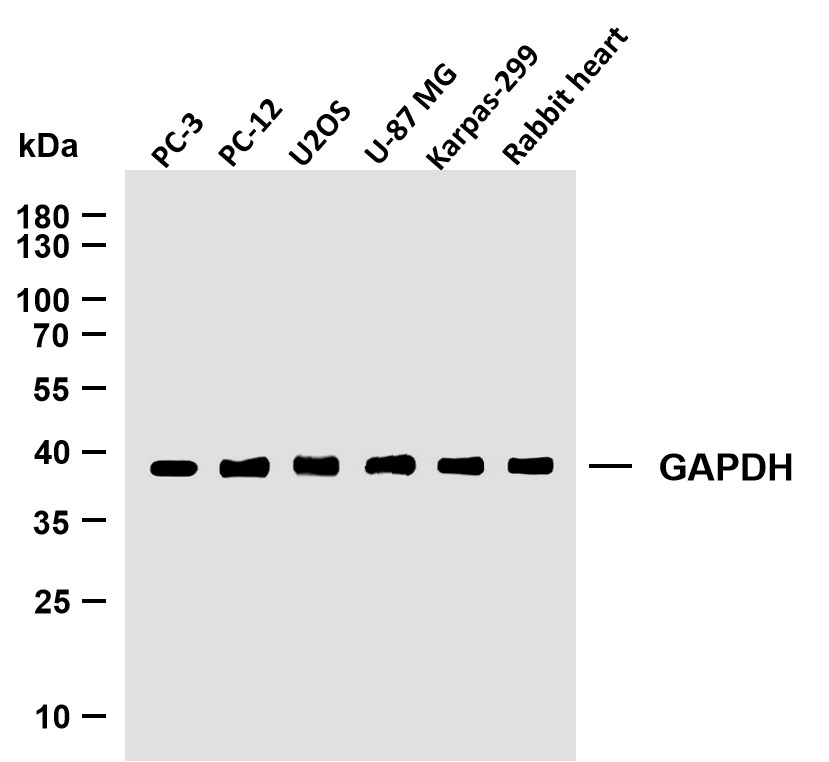
主要信息
Target
GCK
Host Species
Rabbit
Reactivity
Human, Mouse, Rat
Applications
WB, ELISA
MW
55kD (Observed)
Conjugate/Modification
Unmodified
货号: YT1872
规格
价格
货期
数量
200μL
¥3,780.00
现货
0
100μL
¥2,300.00
现货
0
40μL
¥960.00
现货
0
加入购物车


已收藏


收藏
详细信息
推荐稀释比
WB 1:500-1:2000; ELISA 1:10000; Not yet tested in other applications.
组成
Liquid in PBS containing 50% glycerol, 0.5% BSA and 0.02% sodium azide.
特异性
GCK Polyclonal Antibody detects endogenous levels of GCK protein.
纯化工艺
The antibody was affinity-purified from rabbit antiserum by affinity-chromatography using epitope-specific immunogen.
储存
-15°C to -25°C/1 year(Do not lower than -25°C)
浓度
1 mg/ml
实测条带
55kD
修饰
Unmodified
克隆性
Polyclonal
同种型
IgG
相关产品
抗原&靶点信息
免疫原:
The antiserum was produced against synthesized peptide derived from human GCK. AA range:43-92
展开内容
特异性:
GCK Polyclonal Antibody detects endogenous levels of GCK protein.
展开内容
基因名称:
GCK
展开内容
蛋白名称:
Glucokinase
展开内容
别名:
GCK ;
Glucokinase ;
Hexokinase type IV ;
HK IV ;
Hexokinase-4 ;
HK4 ;
Hexokinase-D
Glucokinase ;
Hexokinase type IV ;
HK IV ;
Hexokinase-4 ;
HK4 ;
Hexokinase-D
展开内容
背景:
Hexokinases phosphorylate glucose to produce glucose-6-phosphate, the first step in most glucose metabolism pathways. Alternative splicing of this gene results in three tissue-specific forms of glucokinase, one found in pancreatic islet beta cells and two found in liver. The protein localizes to the outer membrane of mitochondria. In contrast to other forms of hexokinase, this enzyme is not inhibited by its product glucose-6-phosphate but remains active while glucose is abundant. Mutations in this gene have been associated with non-insulin dependent diabetes mellitus (NIDDM), maturity onset diabetes of the young, type 2 (MODY2) and persistent hyperinsulinemic hypoglycemia of infancy (PHHI). [provided by RefSeq, Apr 2009],
展开内容
功能:
Catalytic activity:ATP + D-glucose = ADP + D-glucose 6-phosphate.,Disease:Defects in GCK are the cause of familial hyperinsulinemic hypoglycemia type 3 (HHF3) [MIM:602485]. HHF is the most common cause of persistent hypoglycemia in infancy. Unless early and aggressive intervention is undertaken, brain damage from recurrent episodes of hypoglycemia may occur.,Disease:Defects in GCK are the cause of maturity onset diabetes of the young type 2 (MODY2) [MIM:125851]; also shortened MODY-2. MODY [MIM:606391] is a form of diabetes mellitus characterized by autosomal dominant transmission and early age of onset. Mutations in GCK result in mild chronic hyperglycemia due to reduced pancreatic beta cell responsiveness to glucose, decreased net accumulation of hepatic glycogen and increased hepatic gluconeogenesis following meals.,enzyme regulation:The use of alternative promoters apparently enables the type IV hexokinase gene to be regulated by insulin in the liver and glucose in the beta cell. This may constitute an important feedback loop for maintaining glucose homeostasis.,Function:Catalyzes the initial step in utilization of glucose by the beta-cell and liver at physiological glucose concentration. Glucokinase has a high Km for glucose, and so it is effective only when glucose is abundant. The role of GCK is to provide G6P for the synthesis of glycogen. Pancreatic glucokinase plays an important role in modulating insulin secretion. Hepatic glucokinase helps to facilitate the uptake and conversion of glucose by acting as an insulin-sensitive determinant of hepatic glucose usage.,miscellaneous:In vertebrates there are four major glucose-phosphorylating isoenzymes, designated hexokinase I, II, III and IV (glucokinase).,online information:Glucokinase entry,similarity:Belongs to the hexokinase family.,tissue specificity:Pancreas (isoform 1) and liver (isoform 2 and isoform 3).,
展开内容
细胞定位:
Cytoplasm . Nucleus . Mitochondrion . Under low glucose concentrations, GCK associates with GCKR and the inactive complex is recruited to the hepatocyte nucleus. .
展开内容
组织表达:
Lung,Pancreas,Placenta,
展开内容
研究领域:
>>Glycolysis / Gluconeogenesis ;
>>Galactose metabolism ;
>>Starch and sucrose metabolism ;
>>Amino sugar and nucleotide sugar metabolism ;
>>Neomycin, kanamycin and gentamicin biosynthesis ;
>>Metabolic pathways ;
>>Carbon metabolism ;
>>Biosynthesis of nucleotide sugars ;
>>Insulin signaling pathway ;
>>Insulin secretion ;
>>Prolactin signaling pathway ;
>>Glucagon signaling pathway ;
>>Type II diabetes mellitus ;
>>Maturity onset diabetes of the young ;
>>Central carbon metabolism in cancer
>>Galactose metabolism ;
>>Starch and sucrose metabolism ;
>>Amino sugar and nucleotide sugar metabolism ;
>>Neomycin, kanamycin and gentamicin biosynthesis ;
>>Metabolic pathways ;
>>Carbon metabolism ;
>>Biosynthesis of nucleotide sugars ;
>>Insulin signaling pathway ;
>>Insulin secretion ;
>>Prolactin signaling pathway ;
>>Glucagon signaling pathway ;
>>Type II diabetes mellitus ;
>>Maturity onset diabetes of the young ;
>>Central carbon metabolism in cancer
展开内容
信号通路
Organismal Systems >> Endocrine system >> Insulin secretion
Organismal Systems >> Endocrine system >> Insulin signaling pathway
Organismal Systems >> Endocrine system >> Glucagon signaling pathway
Organismal Systems >> Endocrine system >> Prolactin signaling pathway
Human Diseases >> Cancer: overview >> Central carbon metabolism in cancer
文献引用({{totalcount}})
货号: YT1872
规格
价格
货期
数量
200μL
¥3,780.00
现货
0
100μL
¥2,300.00
现货
0
40μL
¥960.00
现货
0
加入购物车


已收藏


收藏
Recently Viewed Products
Clear allToggle night Mode
{{pinfoXq.title || ''}}
Catalog: {{pinfoXq.catalog || ''}}
Filter:
All
{{item.name}}
{{pinfo.title}}
-{{pinfo.catalog}}
主要信息
Target
{{pinfo.target}}
Reactivity
{{pinfo.react}}
Applications
{{pinfo.applicat}}
Conjugate/Modification
{{pinfo.coupling}}/{{pinfo.modific}}
MW (kDa)
{{pinfo.mwcalc}}
Host Species
{{pinfo.hostspec}}
Isotype
{{pinfo.isotype}}
产品 {{index}}/{{pcount}}
上一个产品
下一个产品
{{pvTitle}}
滚轮缩放图片
{{pvDescr}}

